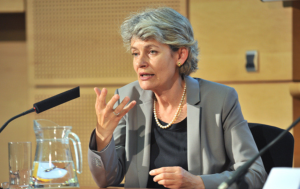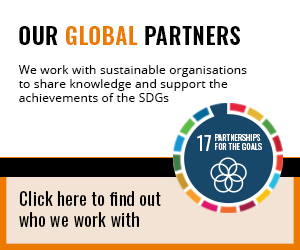Recognising that cancer is a major challenge for sustainable development, the United Nations has committed to reduce mortality from cancer and other non-communicable diseases by one-third by 2030, as one of the 17 Sustainable Development Goals (SDG target 3.4).
Half of all cancer patients need radiation therapy to be treated, and an estimated 5.7 million will need radiotherapy in 2030, a 76 per cent increase[1]. Increasing access to radiotherapy is crucial in reaching the Sustainable Development Goal, especially in low-and middle-income countries, which account for both a considerable share of global cancer mortality and a considerable lack of radiotherapy equipment.
Elekta, a manufacturer of different types of radiotherapy equipment, has set its sights on providing access to healthcare and radiotherapy for all, to close the gap between countries in high-quality cancer treatments in general.
Brachytherapy, also called interventional radiation therapy, is a type of radiotherapy provided by Elekta that is particularly well suited for treating cervical cancer.
Every year more than half a million women are diagnosed with cervical cancer around the world – 85 per cent of them live in low- and middle-income countries (LMICs), and half die from the disease. India recorded approximately 100,000 new cervical cancer patients, with nearly two-thirds (65,000) dying. Cervical cancer is often diagnosed in the prime years of women’s lives, and women who die from it often leave behind dependent young children. Economies are also negatively affected, as women are increasingly entrepreneurial and play a key role in stabilising and building their local economies. The WHO categorises cervical cancer as a public health problem and has called for accelerated efforts to manage cases. As a global leader in this field, Elekta is taking this call for action seriously.
According to Umesh Mahantshetty MD, Director and Radiation Oncologist, Homi Bhabha Hospital in Visakhapatnam, India, if high-dose rate (HDR) brachytherapy is not available in the patient’s treatment course, control rates are compromised by as much as 40 per cent. Moreover, without a brachytherapy course, clinicians are obliged to extend regimens such as chemotherapy for far longer than a two-week brachytherapy course, which translates into additional hospital visits to often remote clinics. He adds that adding brachytherapy to the radiotherapy service requires a low upfront capital investment, making it affordable for budget-constrained departments.
To reinforce its mission to introduce advanced cancer-management techniques such as brachytherapy into LMICs, Elekta is dedicated to ensuring these countries’ medical professionals are fully prepared to deliver high-quality brachytherapy. Elekta offers a wide range of training and education portfolios, including peer-to-peer and clinical workshops, etc. all over the world.
With its clear clinical benefits and affordability, in addition to world-class training resources, an HDR brachytherapy service for persons with cervical cancer should be available in “all corners of the world, to save and cure more of these patients,” says Dr Mahantshetty.
To learn more, watch the video “Beating Cancer Worldwide” or contact your Elekta representative.
Brachytherapy is a critical option for cervical cancer in underserved countries.
[1] Lievens Y, et al. Radiother and Oncol. 2017;125:175-77
[2] Alun R, et al. Lancet Oncol Commission 2015;16(10):1153-86. Date of preparation: September 2018.
[3] IAEA. Radiotherapy in Cancer Care: Facing the Global Challenge: 2017.




